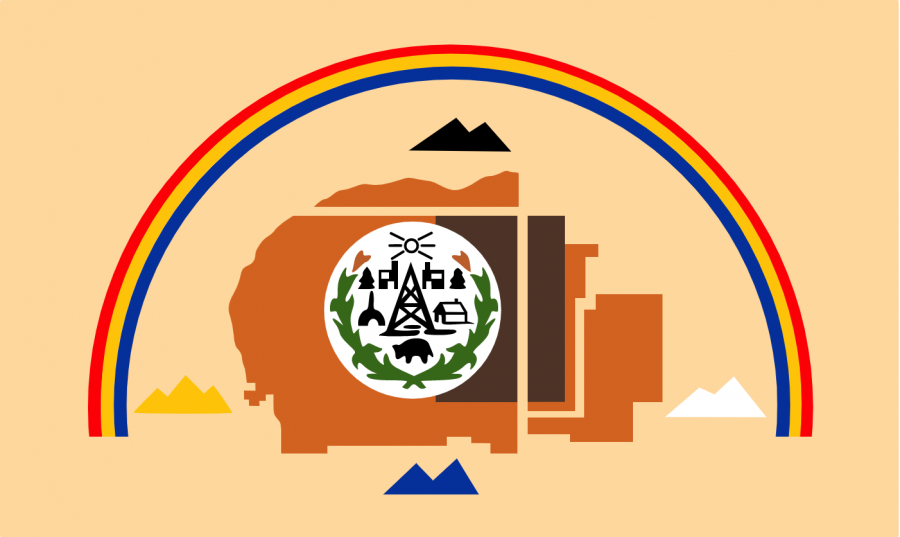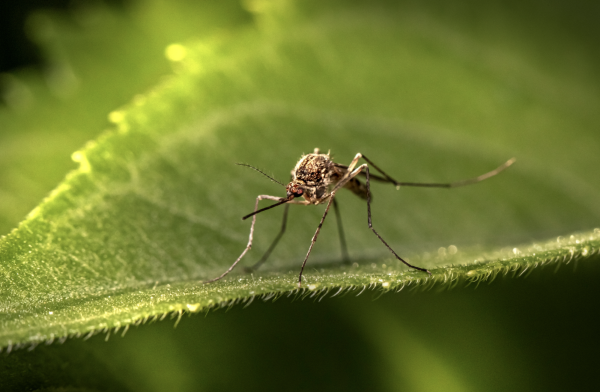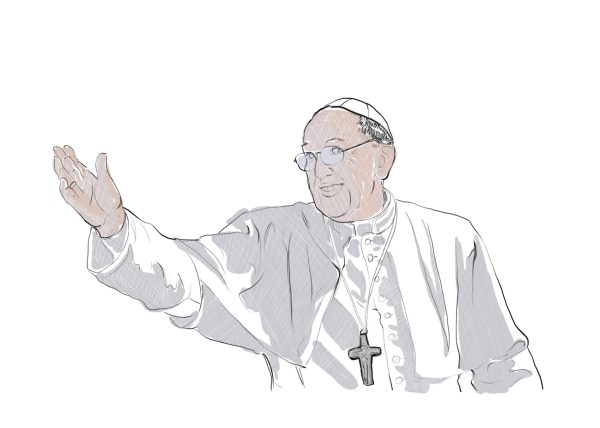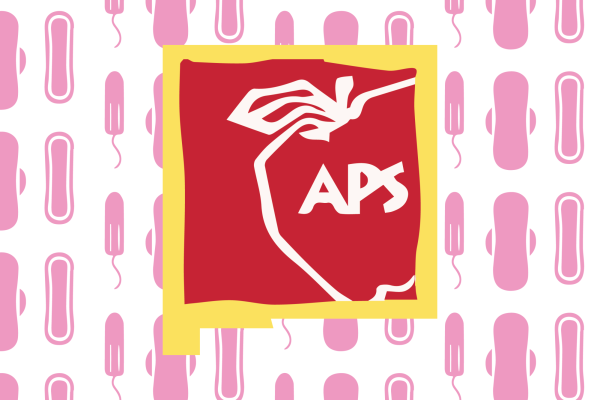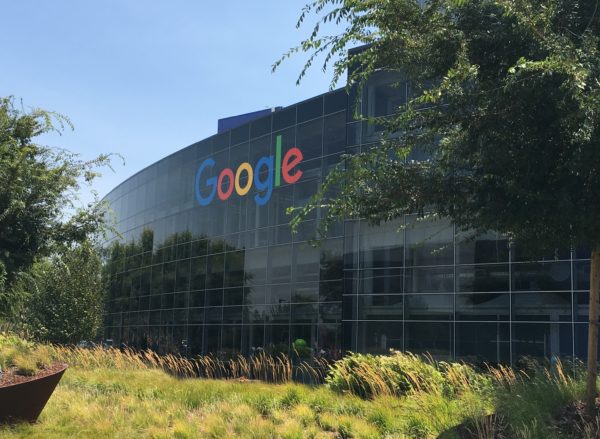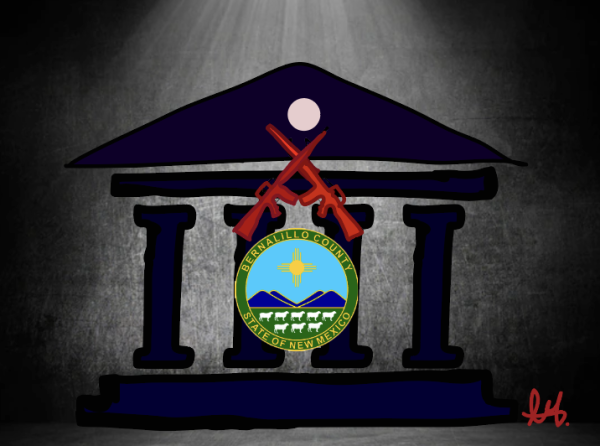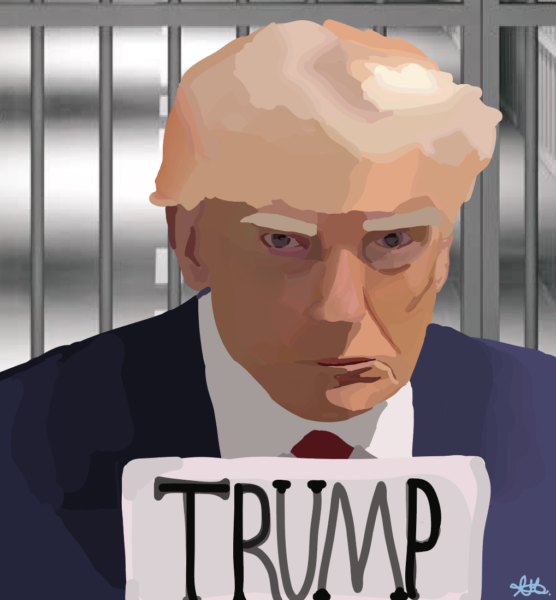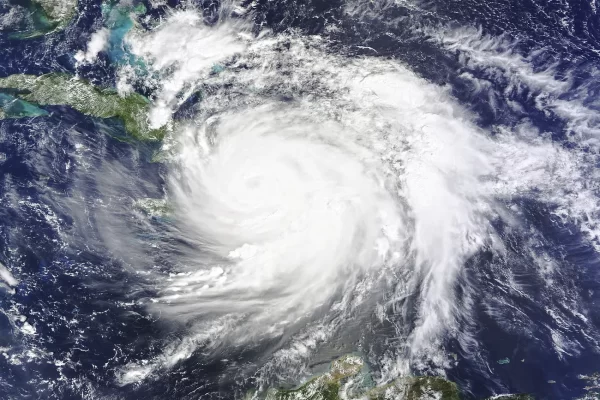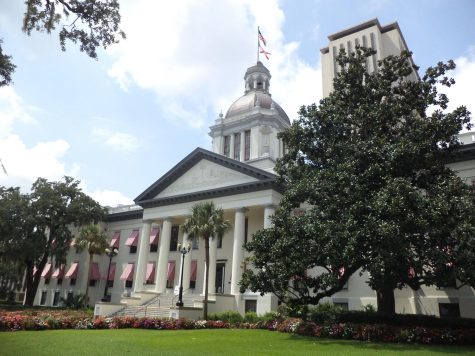On the Reservation: COVID-19 and Navajo Nation
New Mexico, Arizona, and Utah are home to one of the largest Native American land reserves in the US. Spanning 17,544,500 acres and 27,413 square miles, the Navajo Nation houses 356,890 Navajo people. About 35% of inhabitants live without running water while there is a 35.1% poverty rate on the reservation. Unfortunately, many Navajos have also become at risk to contract COVID-19. On Thursday, April 16th, 1,042 positive confirmed cases of the virus as well as 41 deaths were reported by the tribe’s president, Jonathan Nez. As a result, the entire reservation has been placed under curfew since Friday, April 10th, in an attempt to curb the spread of the disease. This has included “stay at home” orders as well as banning outside visitors, save those who are bringing supplies. Those who must leave their homes for work are required to carry identification and an employer verification letter stating their needs. Residents who do not comply with curfew orders will be subject to a $1,000 fine and/or 30 days in jail. While Arizona’s National Guard continues to deliver supplies to the reservation, fears of running out of essential items have led tribal leaders to work directly with supply chains.
This pandemic has revealed gaps in healthcare services on Native American reservations across the country as the virus continues to strike particularly hard amongst our most vulnerable populations. Since 1955, the U.S. government has placed itself under a legal obligation to provide health care on reservations through the founding of the Indian Health Service (IHS). However, the circumstances surrounding the availability of healthcare on Native American reservations are far from ideal. A 2016 NPR article told the story of Cody Pederson and his wife, Inyan, who lived on the Cheyenne River Indian Reservation in north central South Dakota. After suffering a stab wound to his neck, Cody was forced to wait for two hours before an ambulance arrived. A few months later, Cody and Inyan’s daughter was forced to stay home from school after they had been unable to secure a doctor’s note verifying that her head lice had gone away. In addition, the clinic on the reservation operated on a first come first serve basis, and although it received funding from the IHS, appointments could not be made in advance, making access to healthcare a challenge that could cost the lives of many people.
Unfortunately, Cody’s story is not uncommon. Despite the fact that IHS provides medical coverage for over 2.2 million Native Americans across the country and directly operates 28 hospitals in eight states, there is a severe lack of proper healthcare services– and the available hospitals are not always properly equipped. Hospitals operated by the IHS have been described as “tiny” and house less than fifty beds. Indeed, with the health crisis that is plaguing the country, it is no surprise that Native Americans are being hit particularly hard. Navajo Nation’s average death toll is 3.5% as opposed to 2% that is seen in the rest of the nation. In addition, Navajo Nation is now reported to have more cases per capita than 48 states– third only to New York and New Jersey. This is due, in large part, to an understaffed and underfunded healthcare system that is standard on reservations across the country.
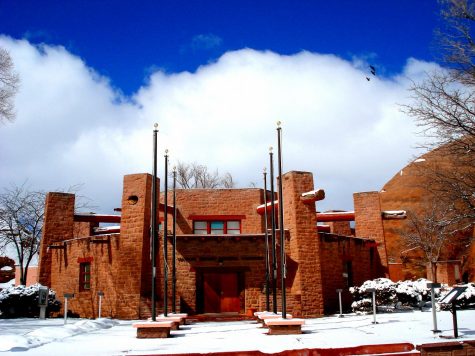
Navajo Nation has taken steps to try and solve this system by launching their own “self managed health care entity.” In December of 2019, well before our current predicament, The Naat’aanii Development Corporation, managed by tribal leaders, announced its plan to form a new healthcare system in collaboration with insurance company Molina healthcare and offered under New Mexico’s medicare program. Despite this development, however, lack of emergency federal funding has led the National Guard to set up tent hospitals in an effort to provide care to those who need it. Undersupported clinics in combination with the unprecedented circumstances of this pandemic have left many Native people without proper medical care and is a large contributing factor to the high death toll being reported.
Karen Seymour, a certified neurosurgery nurse at the University of New Mexico Hospital, and a member of the Zuni tribe, says that tribes around the state are being affected by the pandemic. “Native Americans are a vulnerable population because some tribes do not have access to medical care and live in areas that have no running water or electricity,” she says. “They may need to rely on government funding to survive since jobs are scarce on tribal lands. We are a vulnerable population because there are not that many of us in our tribes and by losing a member, we lose the knowledge they could’ve taught the younger generation or a possible future leader of the tribe. ”
Social practices on reservations also contribute to high death and infection rates. “A factor to consider is that most Native American tribes have multiple generations living under one roof,” Ms. Seymour says. “I grew up with my parents and great grandparents. My grandparents lived less than 500 feet away from my house. I was raised by 2 generations of grandparents. So, if one person in the family gets sick, then you’d expect the rest of the family to get ill too. In Zuni, we are very lucky to have a hospital to care for the community, but they are a rural hospital which means they are limited on what they can provide for the community.”
Despite grim outlooks, there is hope. Recently, Governor Lujan Grisham announced that social distancing measures seemed to be effective throughout the state, including parts of Navajo Nation that are located in New Mexico. In addition, $748,578 have been raised through the Navajo and Hopi Families COVID-19 Relief Fund and the National Guard continues to provide supplies for affected reservations, including Navajo Nation. The Navajo Nation Department of Health is facilitating funding and donations for aid to Navajo Nation. In addition, the Pueblo Relief Fund, established by the All Pueblo Council of Governors (APCG) and the Indian Pueblo Cultural Center (IPCC) has been used to purchase essential supplies for Pueblos across the state. However, there is work left to be done. “The upcoming weeks are going to be very challenging, and we need everyone to support one another,” Navajo Nation Vice President Myron Lizer said on Tuesday. “This is an opportunity to show the world how strong we are as Diné people and to demonstrate our resilience once again.”


